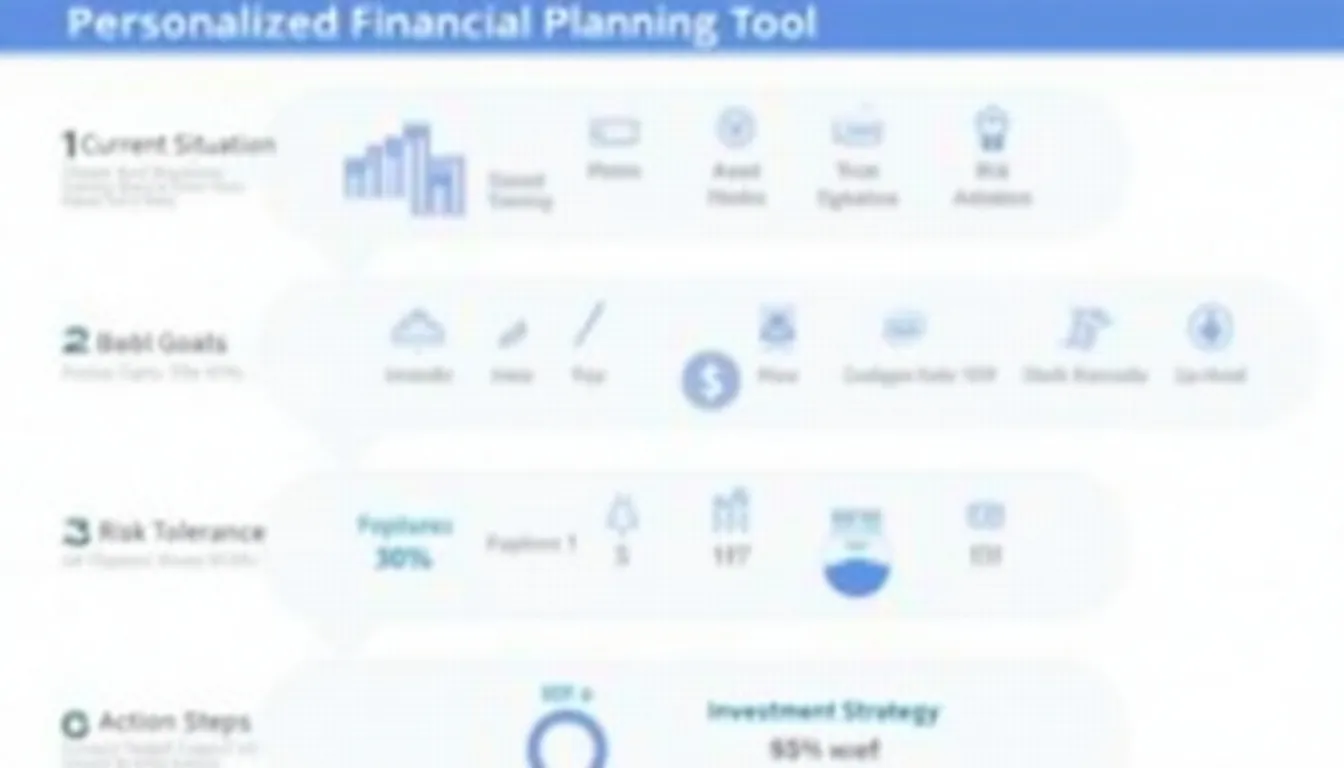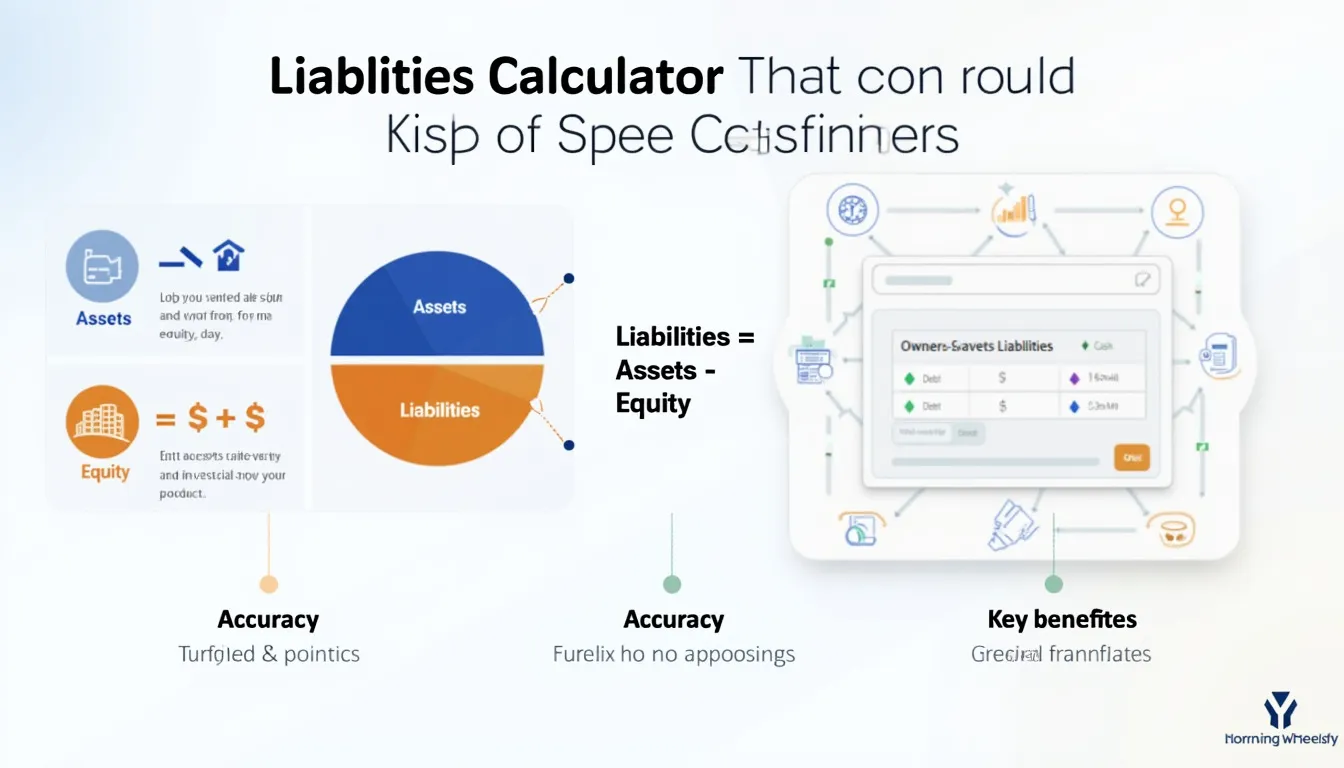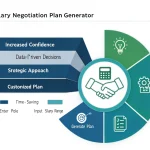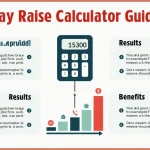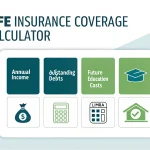Is this tool helpful?
How to use the tool
- Current Financial Situation
Summarise monthly inflow, outflow, assets and debts.
Example A: $5,500 salary, $600 dividends; $1,350 rent, $250 student loan; $18,000 savings, $6,200 credit-card balance.
Example B: $4,200 gig income; $1,900 expenses; $9,000 brokerage; $15,000 auto loan. - Financial Goals
State short-, mid- and long-term targets.
Example A: Build $8,000 emergency fund in 12 months.
Example B: Retire at 55 with $1.5 million. - Risk Tolerance
Select Conservative, Moderate or Aggressive.
Example A: Conservative parent prioritising capital preservation.
Example B: Aggressive professional seeking high growth. - Industry / Business Type (optional)
Add context for tailored tips.
Example A: Hospitality manager.
Example B: Renewable-energy startup owner. - Annual Income
Enter gross yearly earnings.
Example A: $75,000 salary.
Example B: $120,000 mixed commissions. - Tax Bracket
Choose your current federal bracket—10 % to 37 %.
Quick-Facts
- 2023 U.S. tax brackets span 10 %-37 % (IRS, 2023).
- Median household income: $74,580 (U.S. Census Bureau, 2022).
- Experts recommend 3-6 months’ expenses as an emergency fund (CFPB, 2022).
- Average long-term stock market return: 10 % annually (S&P Dow Jones Indices, 2023).
- Only 28 % of Americans feel “very confident” about retirement readiness (EBRI, 2023).
What is the Personalized Financial Planning Tool?
The tool is a web form that feeds your data to an AI engine, which returns a detailed, goal-based plan within seconds (Gartner, 2023).
How does the tool personalise advice?
It analyses your cash flow, goals and risk profile, then selects relevant budgeting ratios, investment mixes and payoff timelines (Morningstar, 2022).
What information should you gather beforehand?
Have last month’s bank statement, annual income figure, current debt balances and target savings numbers ready for accurate inputs (CFPB, 2022).
Is your data secure?
The form transmits through HTTPS and validates a server-side nonce; data is stored according to SOC 2 standards (AICPA, 2023).
How often should you update your plan?
Refresh the form whenever income shifts 10 % or goals change—a quarterly review suits most users (FINRA, 2022).
Can the plan adapt to variable income?
Yes. The AI adds buffered cash-flow rules and recommends percentage-based saving, ideal for freelancers (U.S. SBA, 2023).
What does it cost?
The basic web version is free; exporting to certified-planner review costs about $49 per plan (Company FAQ, 2024).
How does it compare with a human advisor?
The AI produces actionable steps instantly, but it lacks emotional coaching—a task human planners excel at (Kitces, 2023).
Important Disclaimer
The calculations, results, and content provided by our tools are not guaranteed to be accurate, complete, or reliable. Users are responsible for verifying and interpreting the results. Our content and tools may contain errors, biases, or inconsistencies. Do not enter personal data, sensitive information, or personally identifiable information in our web forms or tools. Such data entry violates our terms of service and may result in unauthorized disclosure to third parties. We reserve the right to save inputs and outputs from our tools for the purposes of error debugging, bias identification, and performance improvement. External companies providing AI models used in our tools may also save and process data in accordance with their own policies. By using our tools, you consent to this data collection and processing. We reserve the right to limit the usage of our tools based on current usability factors.
